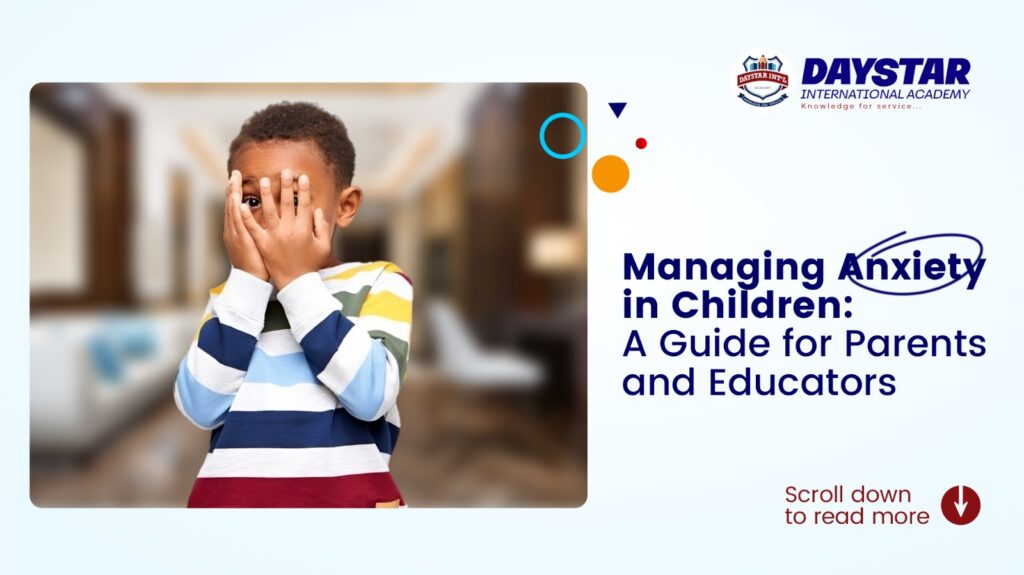
Anxiety is a natural part of life, even for children. However, when it starts to interfere with a child’s daily activities, it becomes a concern that parents and educators need to address. This guide explores how to recognize anxiety in children and provides practical tips for managing it effectively.
Understanding Childhood Anxiety
Anxiety in children can manifest in various ways, including:
- Physical Symptoms: headaches, stomachaches, fatigue
- Behavioural changes: irritability, clinginess, distraction, disengagement during physical activities
- Emotional Responses: excessive worry, fear, or sadness
It’s essential to recognize that occasional anxiety is normal, especially during times of change or new experiences. However, if anxiety becomes persistent or overwhelming, it’s important to take action.
Creating a Supportive Environment
- Open Communication: Encourage children to talk about their feelings. Simply expressing their worries can reduce anxiety. Create a safe space where they feel heard and understood.
- Routine and Structure: Establishing a consistent daily routine can help children feel secure and reduce anxiety. Knowing what to expect helps them feel more in control.
- Positive Reinforcement: Praise and acknowledge their efforts, not just achievements. This builds self-esteem and helps them feel confident in facing challenges.
Techniques for Managing Anxiety
- Breathing Exercises: Teach children simple deep breathing techniques to calm their minds. For example, the “balloon breathing” technique—imagining their stomach as a balloon that inflates with deep breaths—can be both fun and effective.
- Mindfulness and Relaxation: Incorporate age-appropriate activities that help children relax. This could include listening to calming music, playing with sensory toys like soft balls or kinetic sand, engaging in gentle stretching exercises, or enjoying quiet reading time.
- Creative Expression: Encourage drawing, painting, writing, or other creative outlets. These activities allow children to express their emotions non-verbally, which can be particularly helpful for those who find it hard to articulate their feelings.
- Problem-Solving Skills: Help children develop problem-solving skills by breaking down their worries into smaller, manageable parts. Discuss possible solutions together and encourage them to take small steps toward overcoming their fears.
Involving Parents and Caregivers
Collaboration between educators and parents is crucial in managing anxiety. Regular communication ensures that strategies used at school are reinforced at home. Additionally, parents can share insights into their child’s behavior and any specific triggers for anxiety.
When to Seek Professional Help
While many children can learn to manage their anxiety with support from parents and teachers, some may need additional help. If a child’s anxiety is severe, persistent, or significantly interfering with their daily life, it may be time to seek professional help from a counselor or psychologist.

